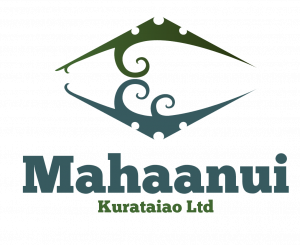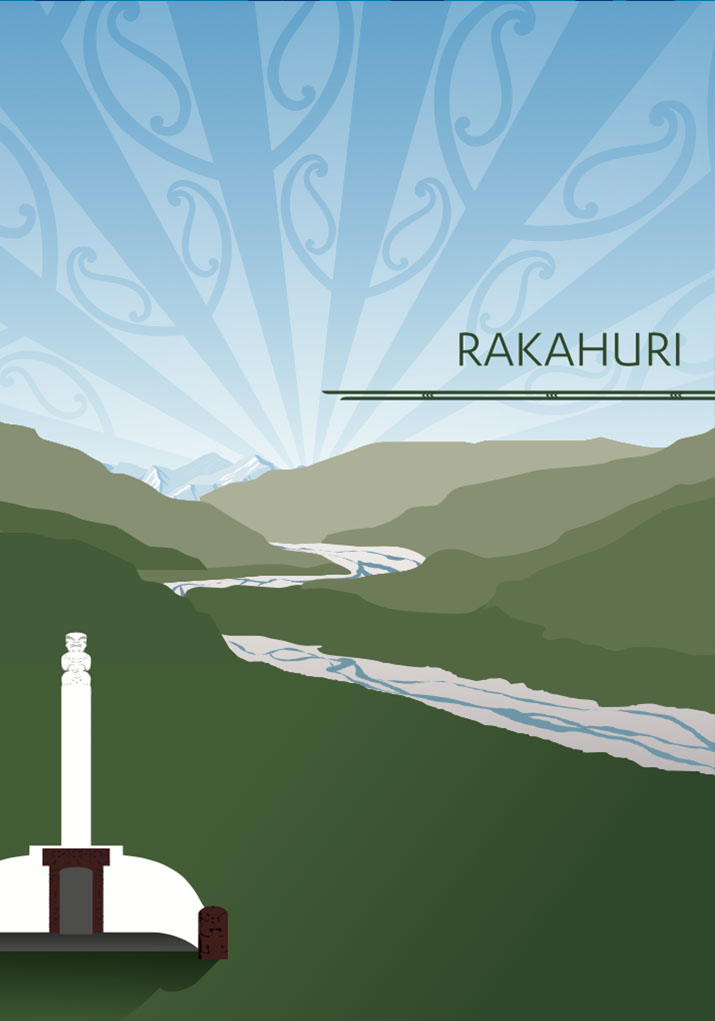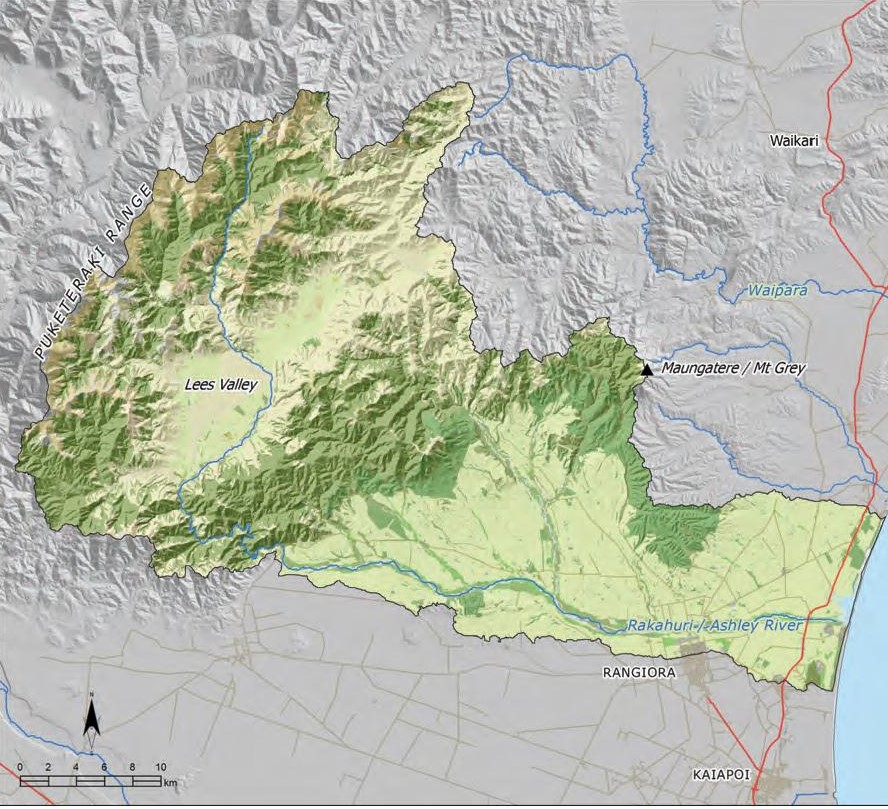“The value of the Ashley/Rakahuri River to tāngata whenua who hold customary rights, is first and foremost the water itself, and secondly the river and food resources within and adjacent to the water. The river is a wāhi taonga.”
Aunty Joan Burgman, Ngāi Tūāhuriri.
This section addresses issues of particular significance in Rakahuri River catchment (Map 9). Originating in the native forested hills of the Puketeraki Range, the hill fed Rakahuri winds through a narrow gorge before braiding across the North Canterbury plains and flowing into an extensive estuarine area.
The Rakahuri estuary is a significant feature of the catchment, and is a wāhi taonga for tāngata whenua. The estuary is part of a wider network of coastal wetlands and swamps between the Rakahuri and the Waimakariri rivers that have long been a source of mahinga kai for Ngāi Tahu.
The catchment has strong mahinga kai associations for Ngāi Tahu. The river and its associated tributaries, wetland and lagoons were known as the food basket of Kaiapoi pā. The Rakahuri was one of the three waterways (the others being Waimakariri and Ruataniwha/Cam) that continued to sustain Ngāi Tahu even after the land purchases in Canterbury.
From the late 1800s the Rakahuri has been managed with an emphasis on flood control and land preservation rather than mauri or mahinga kai. The substantial physical modification of the river and its tributaries has had significant effects on the relationship of Ngāi Tahu and their culture and traditions with this ancestral river.


